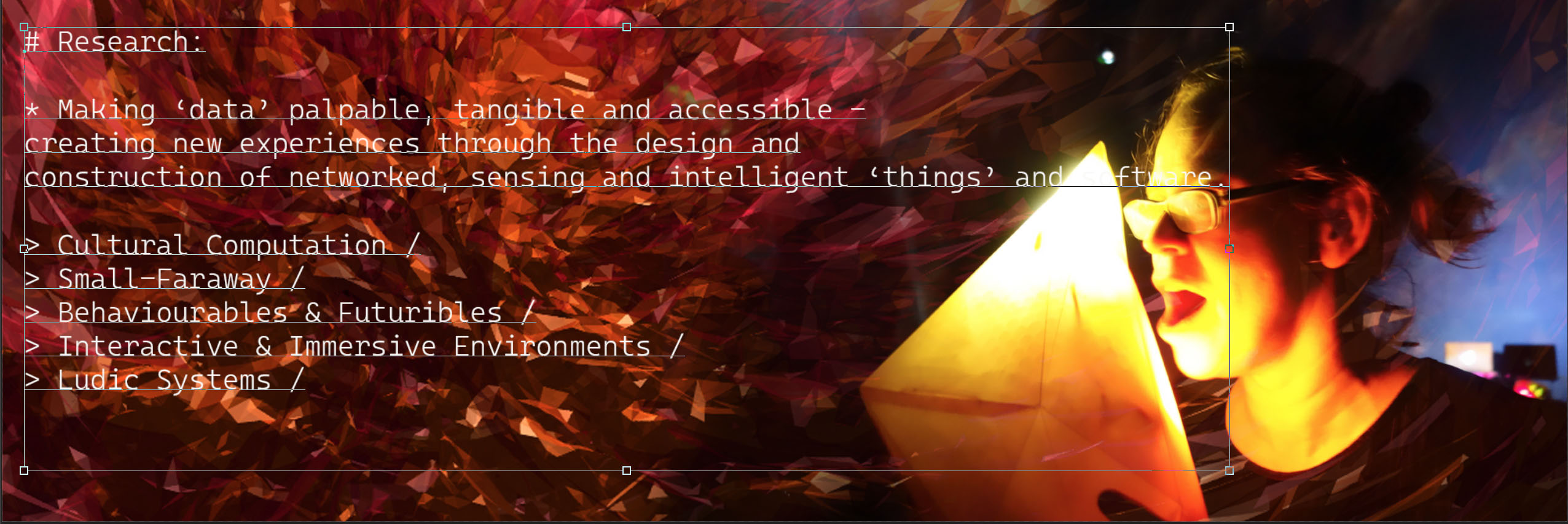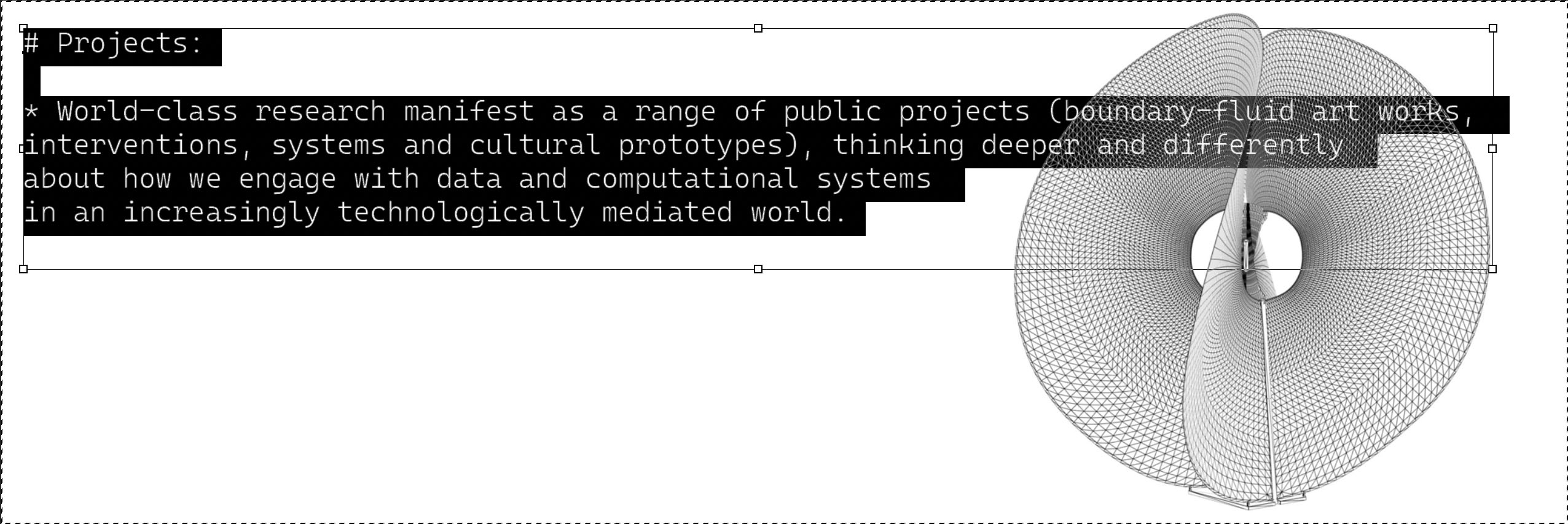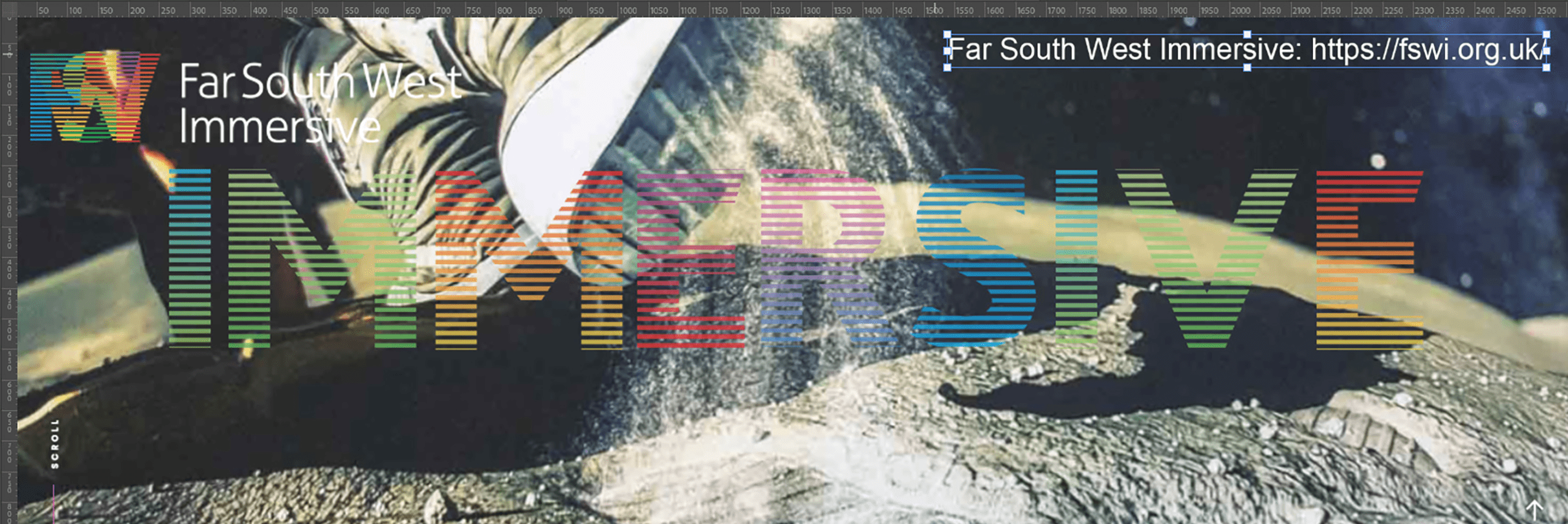Edited By Craig Vear
“The Routledge International Handbook of Practice-Based Research presents a cohesive framework with which to conduct practice-based research or to support, manage and supervise practice-based researchers. It has been written with an inclusive approach, with the intention of presenting deep and meaningful knowledge for the benefit of all readers.
This handbook has been designed to present specific detail of practice-based research by outlining its shared traits with all forms of research and to highlight its core distinguishing features into a cohesive, principled and methodical approach. To this end, the handbook is presented in five sections: 1. Practice-Based Research, 2. Knowledge, 3. Method, 4. The Practice-Based PhD and 5. Practitioner Voices. Each section begins with a leading chapter that outlines each of the distinct areas as they relate to practice-based research. This is followed by a series of contributing chapters that discuss pertinent themes in more detail.“
Phillips, M. 2022. The Academisation of Creativity and the Morphogenesis of the Practice-Based Researcher. In: Vear, C. ed. The Routledge International Handbook of Practice-Based Research. London: Routledge, pp. 60-74. ISBN 9780367341435.
https://www.routledge.com/The-Routledge-International-Handbook-of-Practice-Based-Research/Vear/p/book/9780367341435#
Section 1 – Practice-based Research
1.3: The Academisation of Creativity and the Morphogenesis of the Practice-Based Researcher. Mike Phillips.
Summary:
This chapter explores the origins of creative practice-based research, its roots in the Art College system and its struggle to emerge imago like in the University system. It reflects on the academicisation of art and design and the slow and relentless metricization of culture and creativity, both within the context of research and the broader cultural landscape. As such, some of these characteristics have a strong UK focus, but the reader may recognise similar tropes in their recent cultural history. There is hope in the emergence of a new creature born in vitro to embrace the challenges of this new context, as an interdisciplinary practitioner with a transdisciplinary agenda. Much of this refers to the kinds of interdisciplinary work that emerged through a history of C20th artists engaging with digital technologies and subsequent entanglement with the broader science communities. As such, there is a focus on examples drawn from the work of Roy Ascott and the Planetary Collegium, a nomadic practice-based PhD programme with its origins in the 1960’s networked enlightenment. There is consideration of the ingredients necessary to support interdisciplinary practice-based research for the creative practitioner, in terms of the necessary international networks, the kinds of event/space that provides a provocative environment to nurture such work and a couple of examples of the instruments and artefacts that open up new creative relationships.







You must be logged in to post a comment.